Canon R5 Mark II Infrared Photography Review
Written by Phillip Andrew Iglesias
In this comprehensive review, we will delve into the key aspects of the Canon R5 Mark II and explore why it is a top contender for infrared photography. For testing, we’ll be using the same Canon R5 Mark II that we featured in our teardown article, which was converted to full-spectrum. We’ll be reviewing its custom white balance capabilities, overall performance with our line of infrared filters, any sensor line artifacts, and infrared light leaks.
Custom White Balance

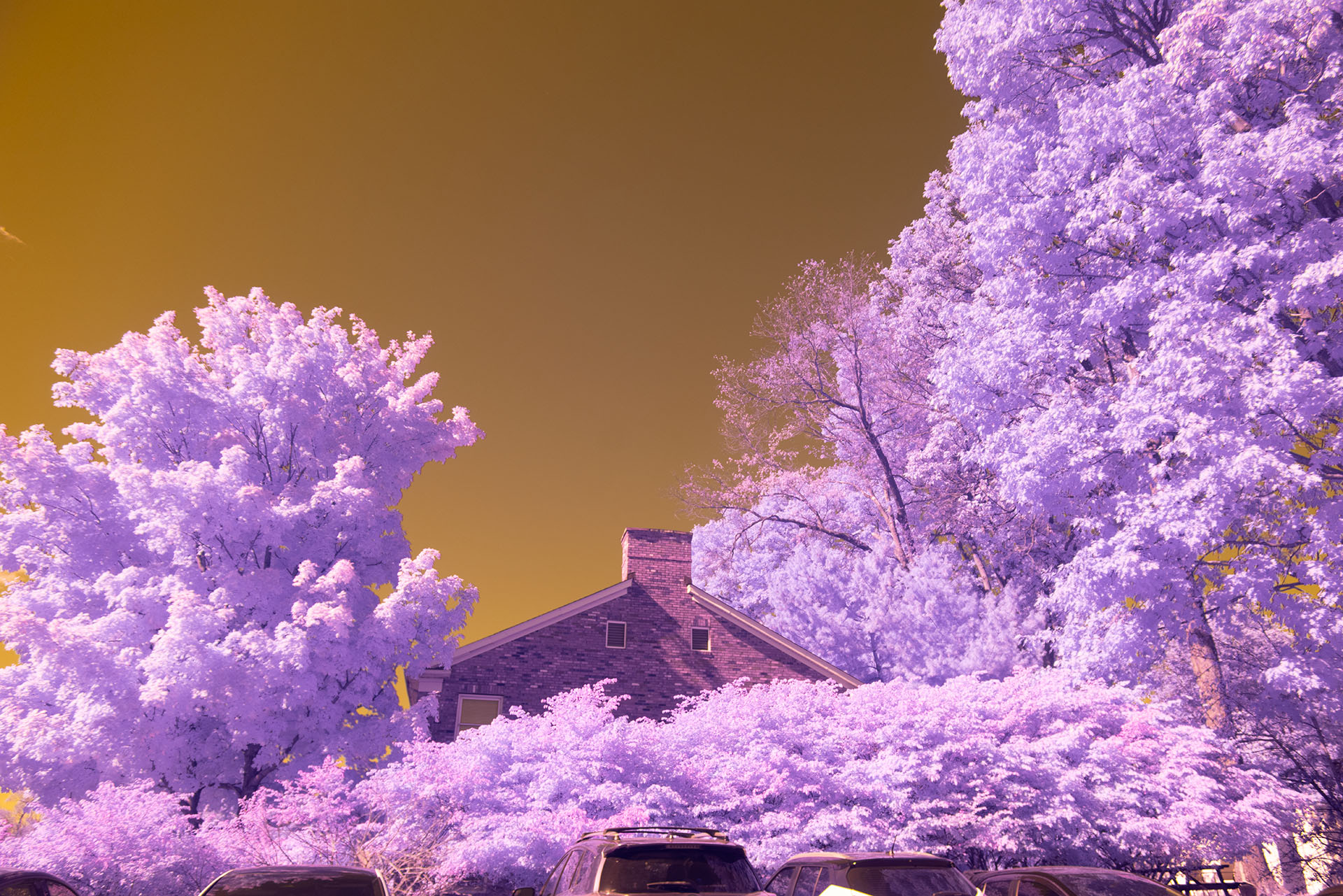
R5 Mark II Infrared Performance & Image Quality

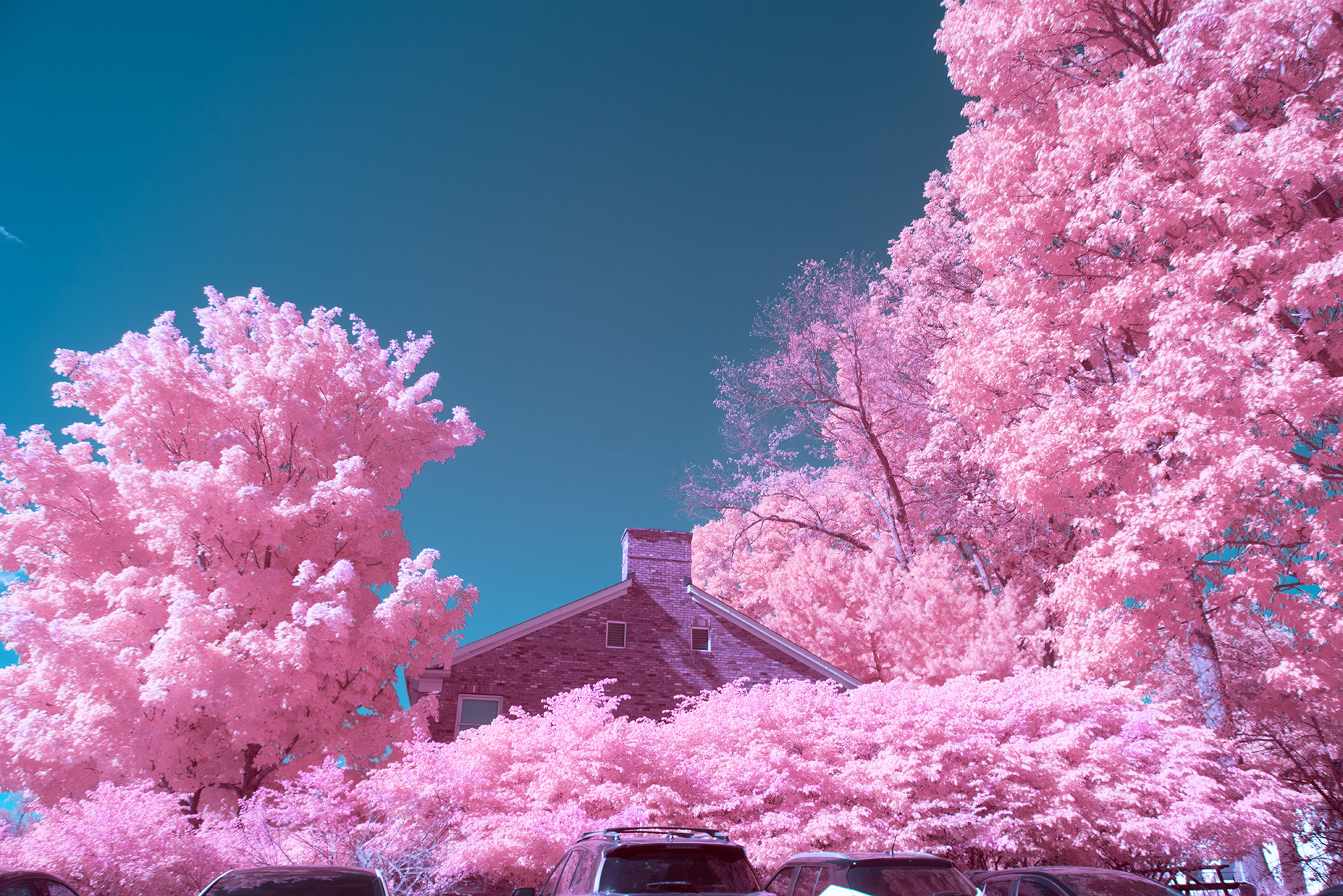

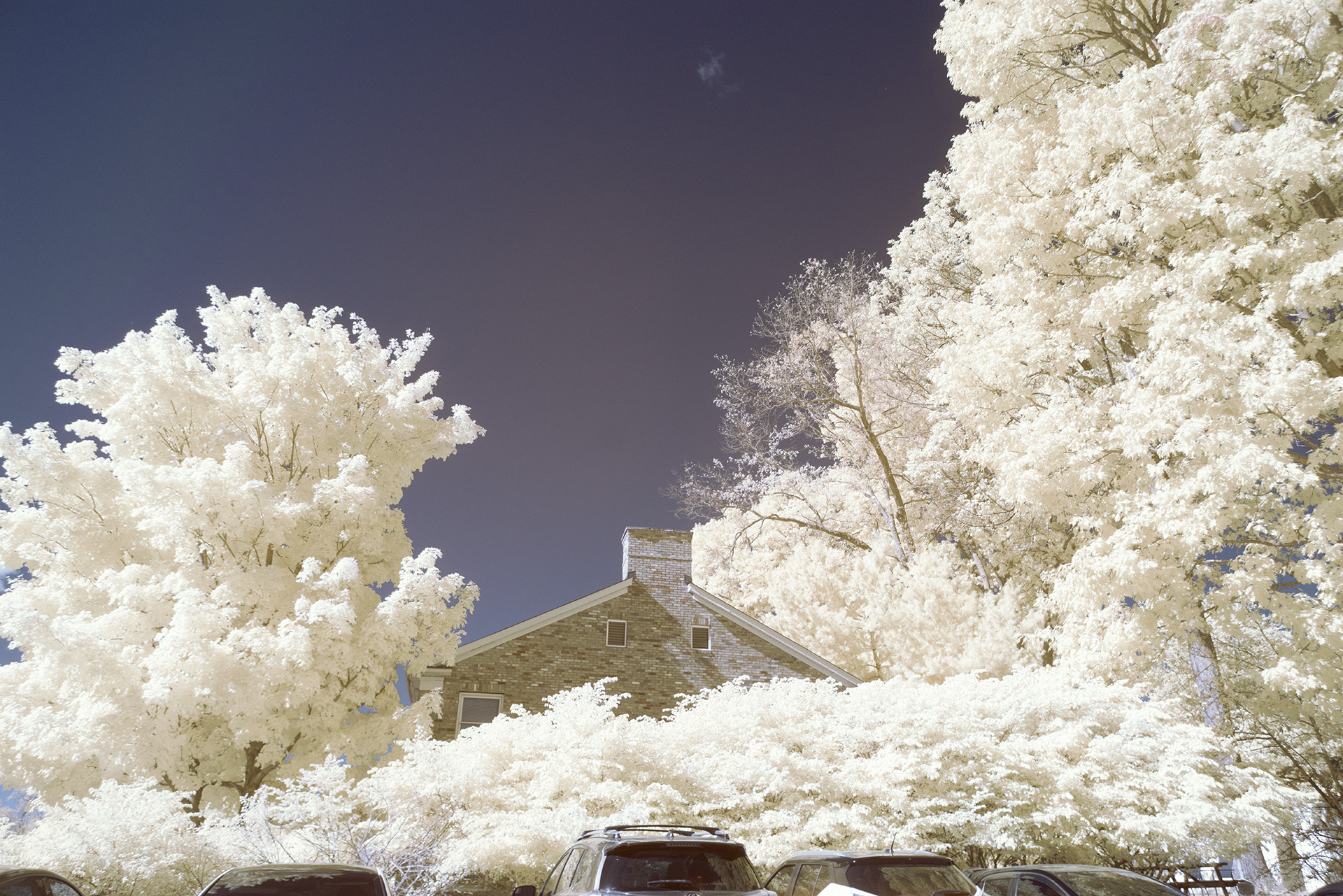
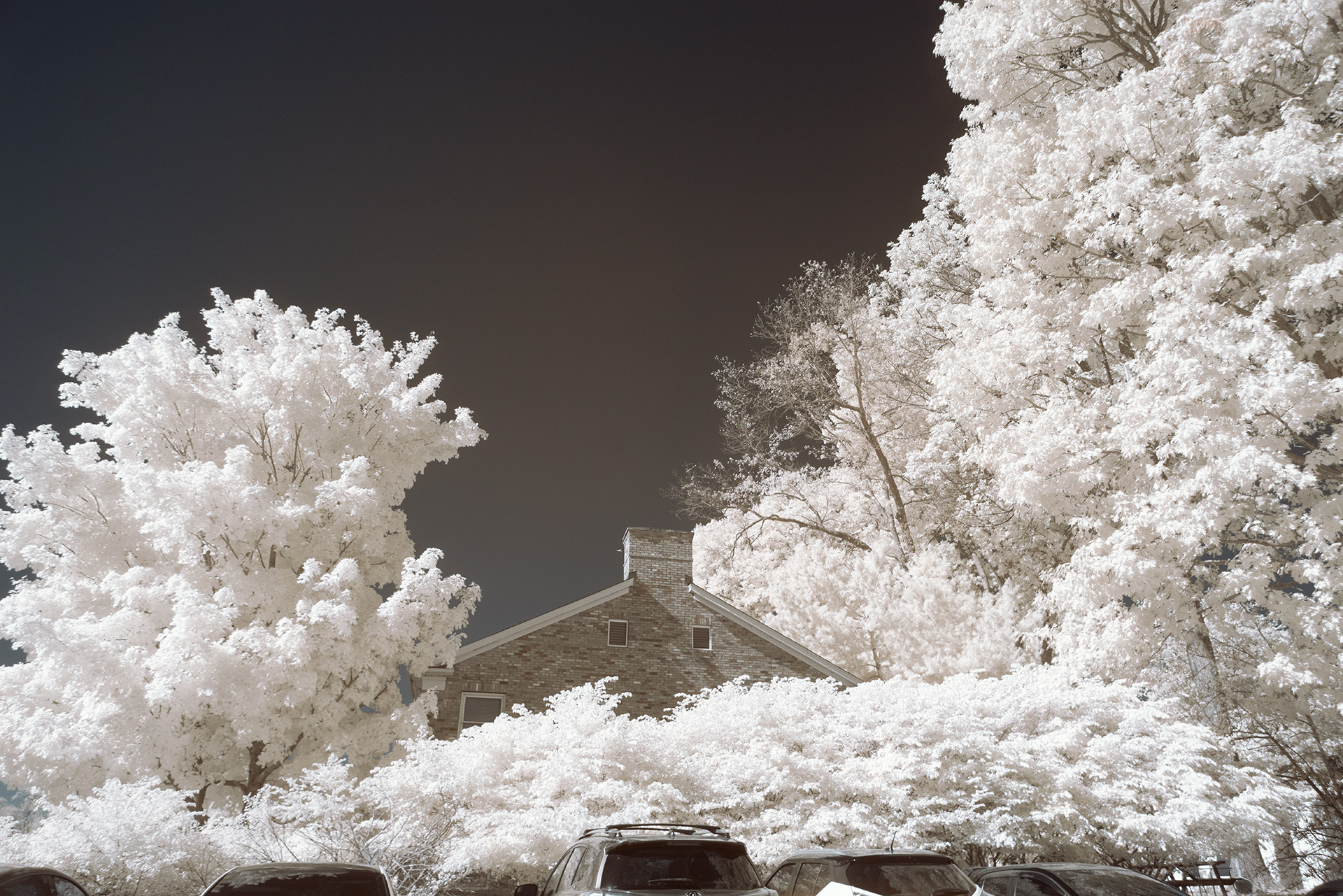
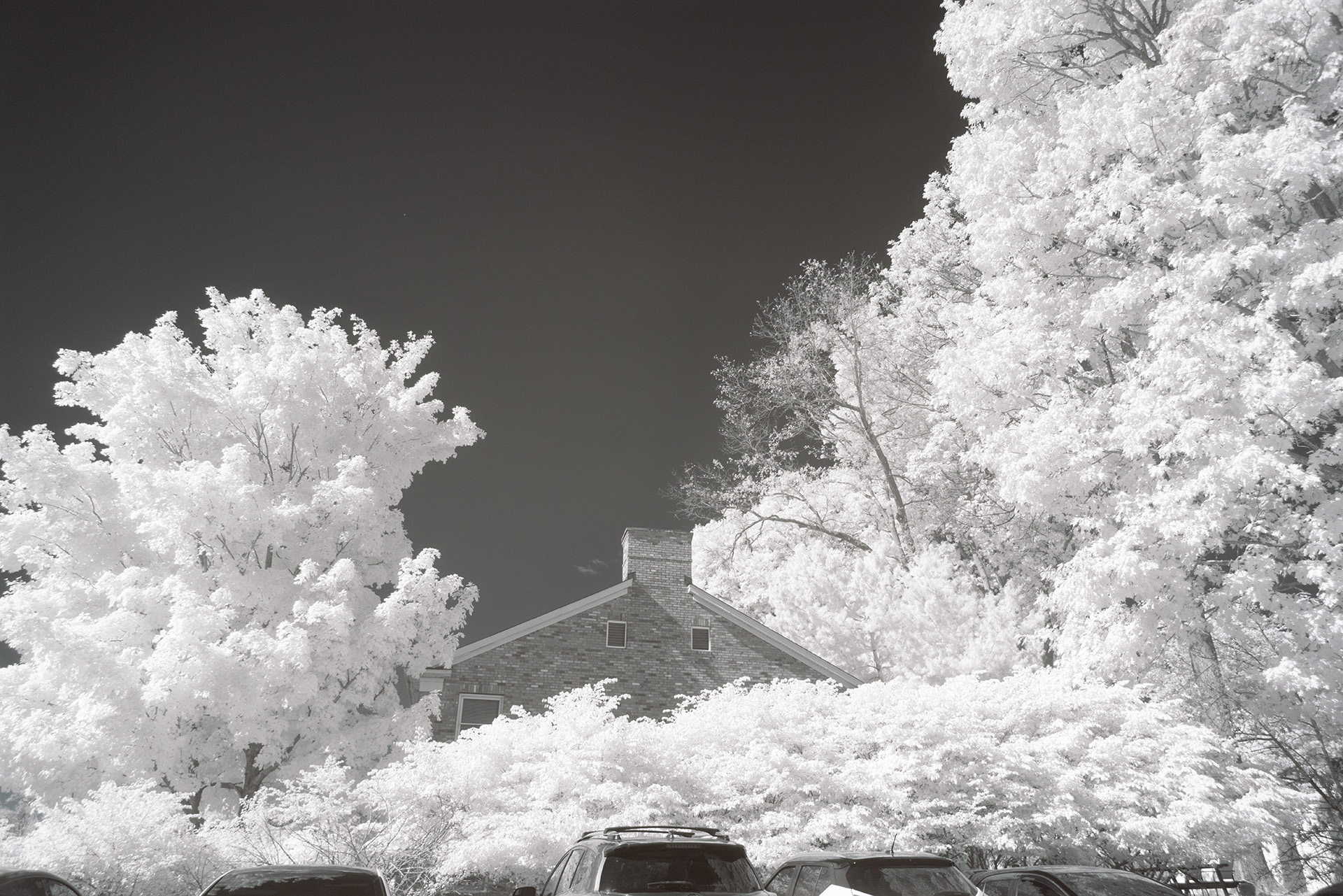
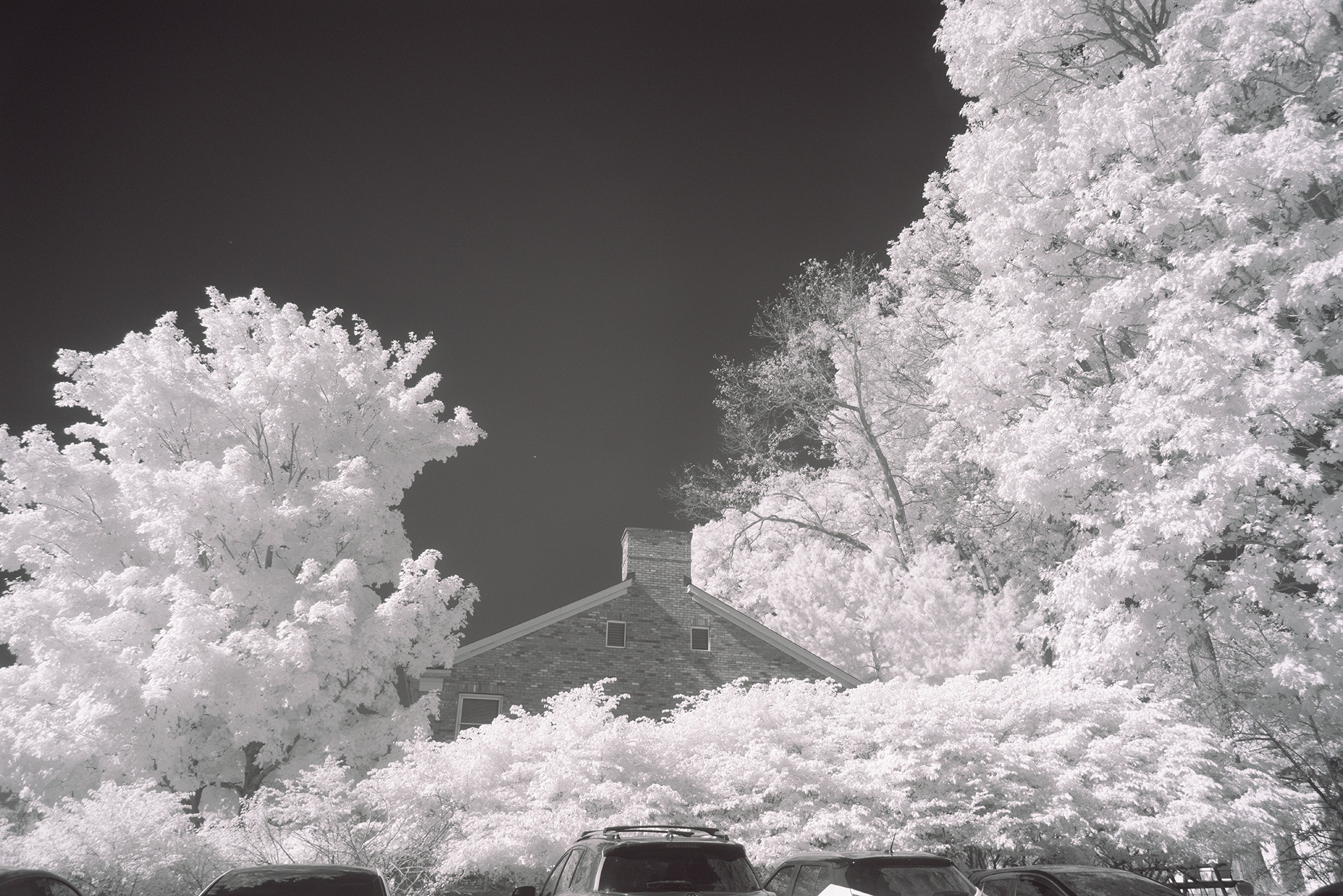
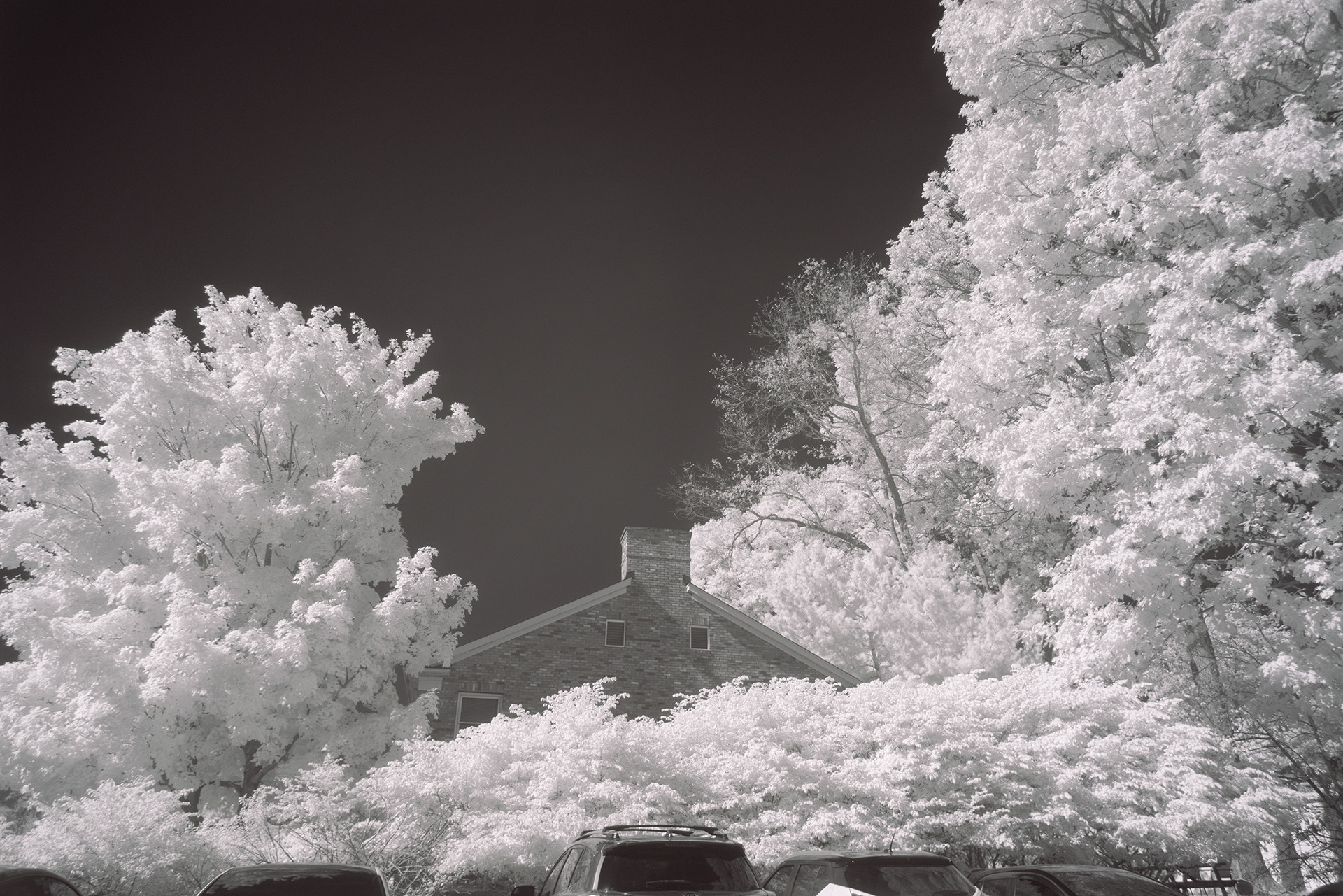
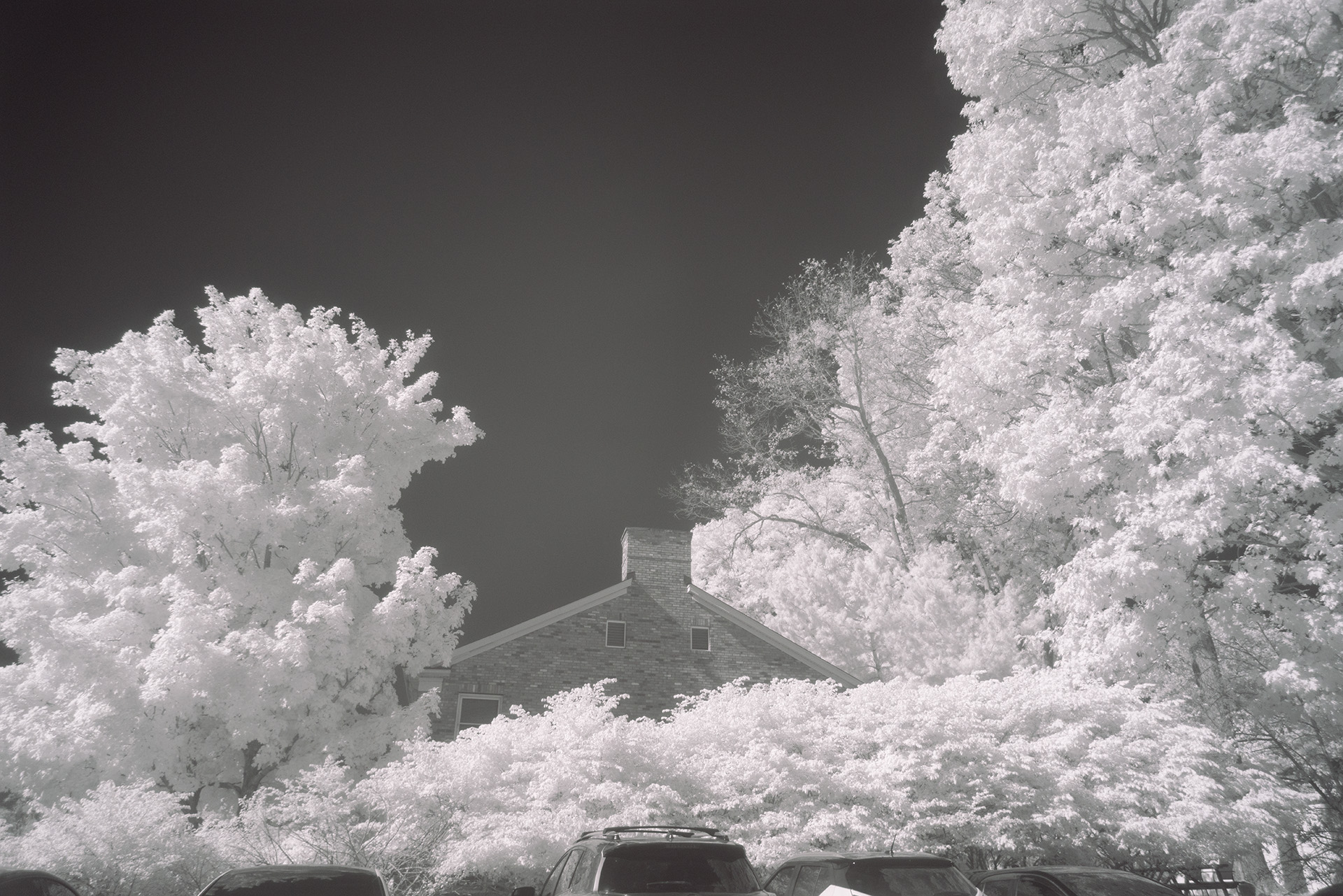
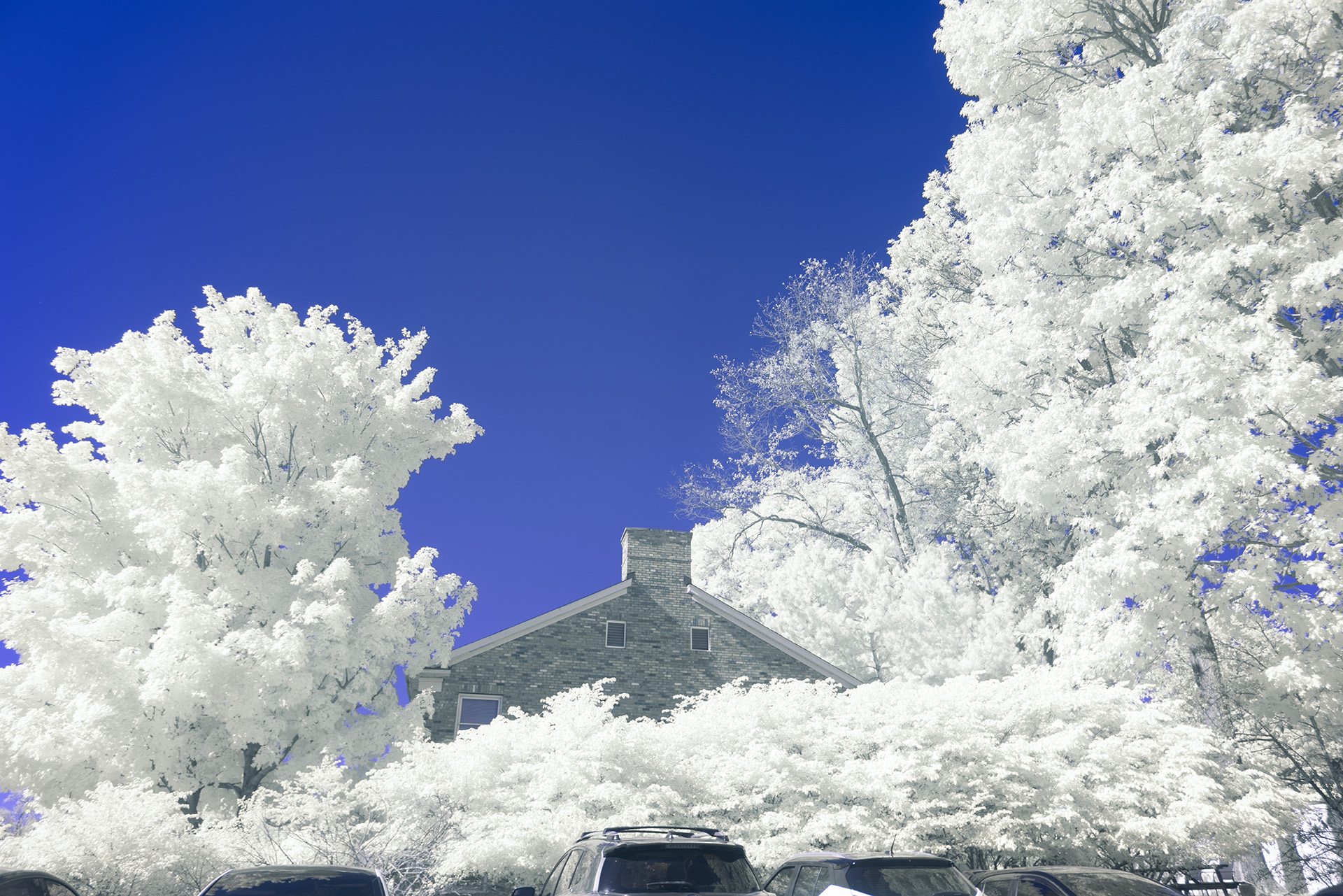
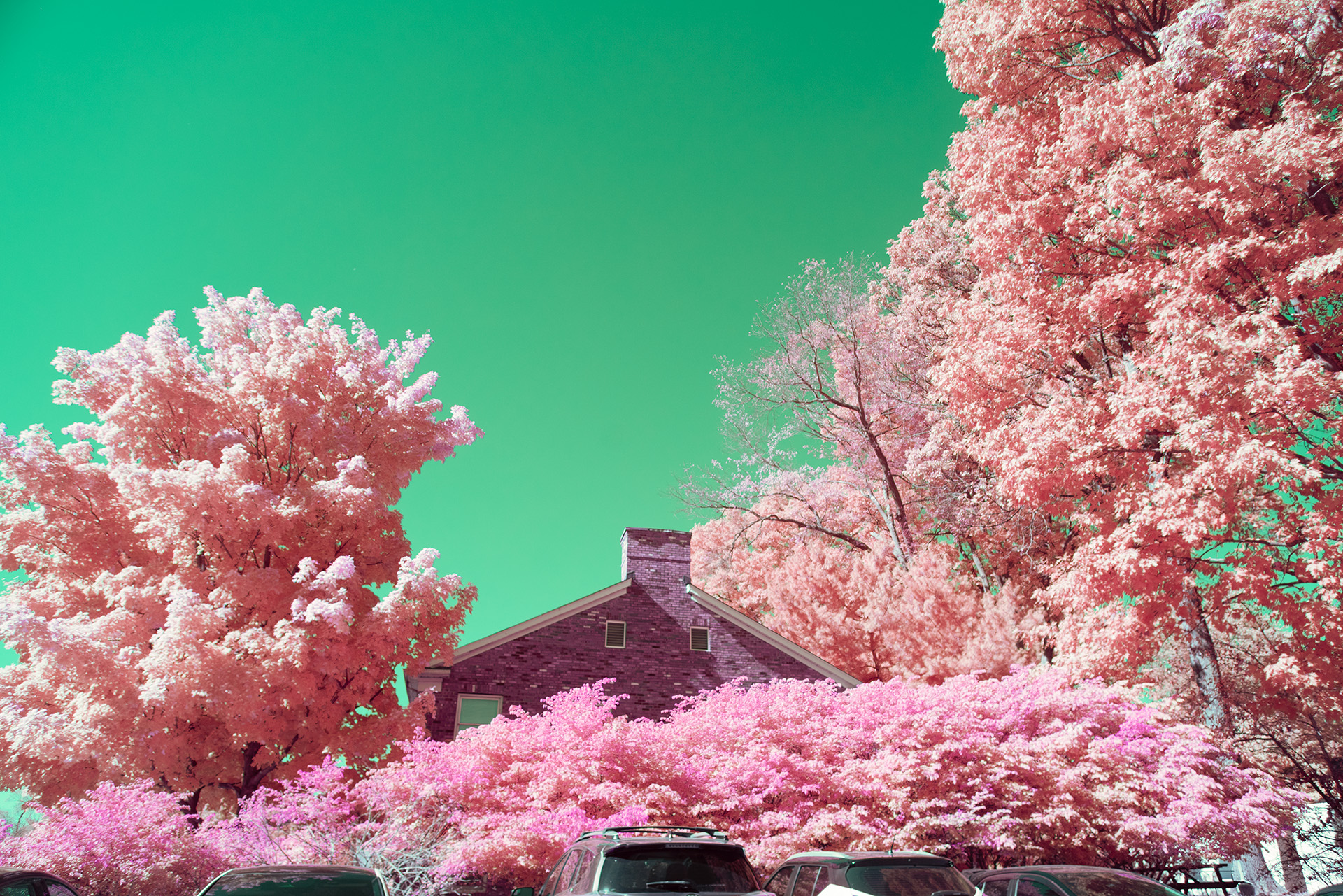

Artifacts and Technical Issues
When converted to infrared, a camera can possibly show hidden sensor artifacts and other issues that aren’t previously noticeable in its stock format. One issue that can arise is the visibility of PDAF sensor lines—horizontal and vertical lines that appear throughout the image. The artifacts are a characteristic of the camera’s sensor, but become more apparent after an infrared conversion. To test for the appearance of PDAF sensor lines, we shoot an image with an 850nm filter, push contrast, and examine.
In the case of the R5 MkII, PDAF sensor lines do not show up. They would show up as very apparent lines, which you can see on our Nikon Z7 Infrared Photography Review that clearly shows horizontal and vertical lines. Generally speaking, even if the sensor lines are apparent, it would be pretty difficult to see them unless you were pixel peeping. However, the appearance of sensor lines can be troublesome in some cases, so it is important to recognize which cameras do experience this issue after an infrared conversion.
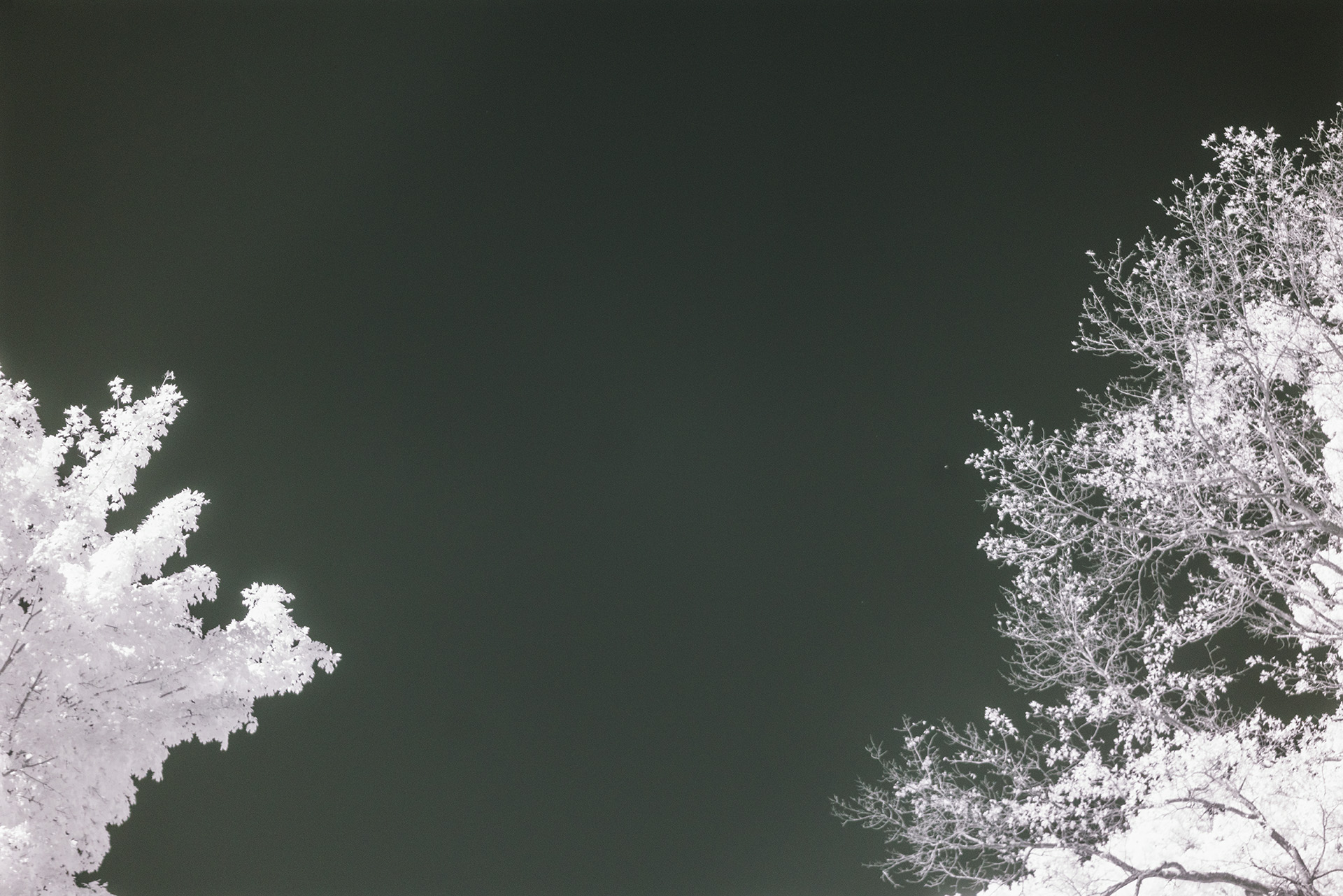
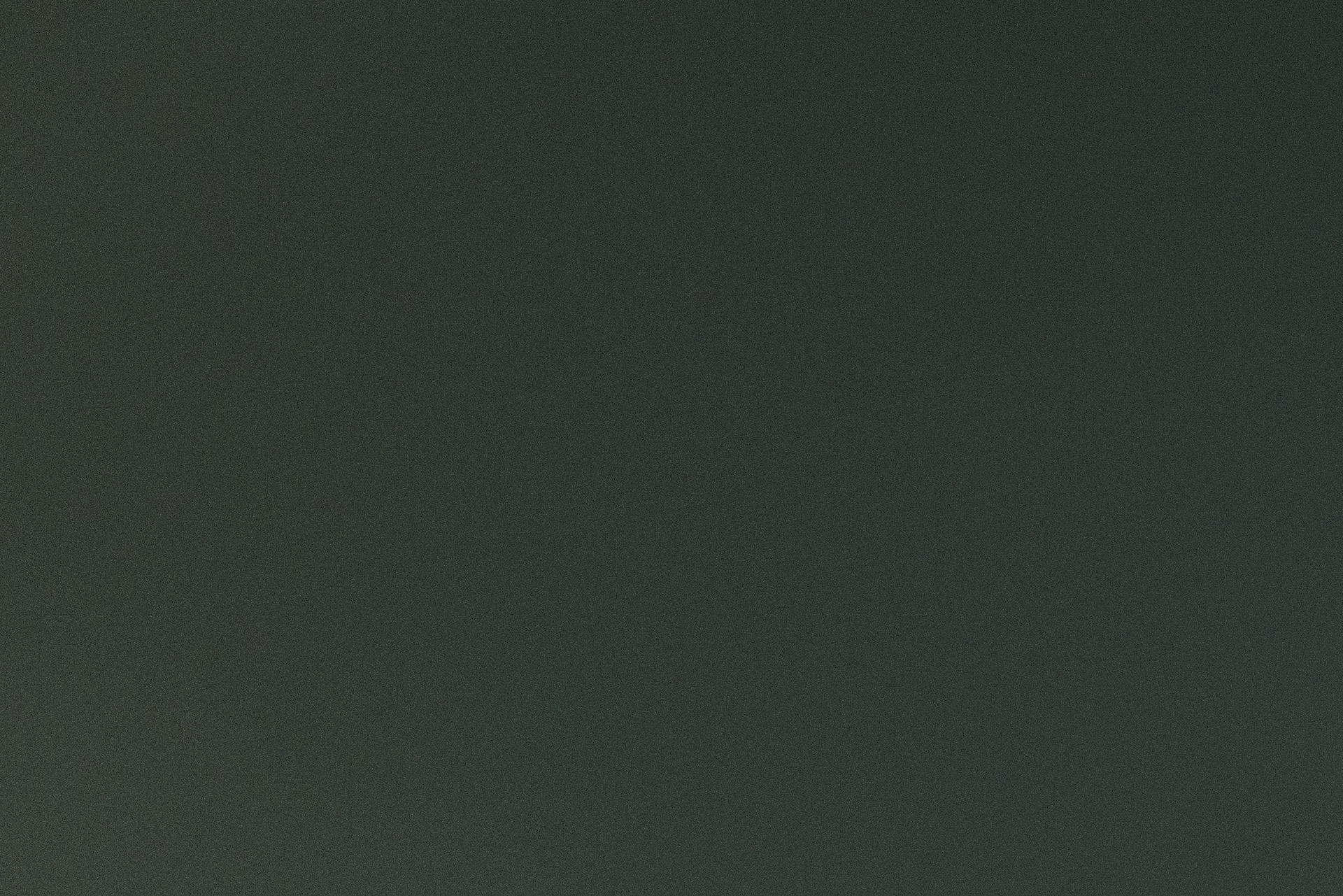
Internal Shutter Monitoring IR LED
To test the camera, we placed the camera inside a closed camera bag within a sealed container in a dark room. The camera was shot with a wide open aperture with a lens cap, ISO — 10000, and 30 second shutter speed. With the Canon R5 Mark II, we can report that there is no IR light leak present, which makes the camera a good contender for astrophotography and IR long exposures.
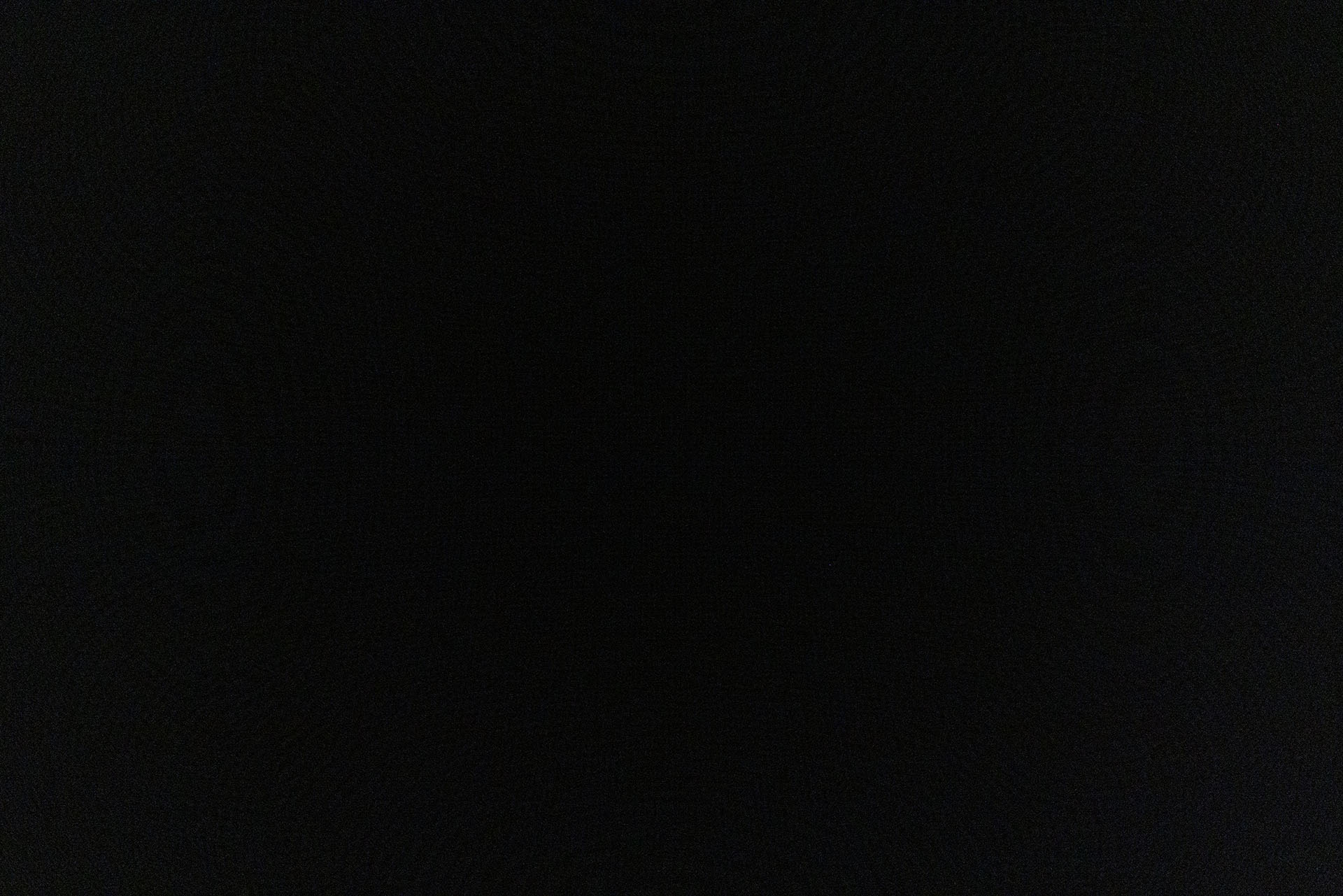
Conclusion
As with many Canon cameras, the R5 Mark II remains a top contender for infrared photography for its custom white balance capabilities, infrared image performance, and lack of technical issues. The ability to custom white balance allows photographers to properly achieve accurate colors in the infrared spectrum for what is typically standard of “the infrared look” when shooting with certain IR filters. Additionally, the camera’s high resolution and dynamic range make it ideal for capturing fine details and textures, which are critical when shooting in infrared, where subtle tonal differences are often more pronounced.
Beyond the custom white balance, the R5 Mark II consistently delivers exceptional image quality. The camera also experiences fewer technical challenges related to infrared conversion, such as IR light leak or the appearance of PDAF sensor lines, making it a reliable tool for both professional and hobbyist infrared photographers.
Overall, the combination of cutting-edge features, robust performance, and a reputation for reliability makes the Canon R5 Mark II one of the top contenders for those looking to explore or specialize in infrared photography.
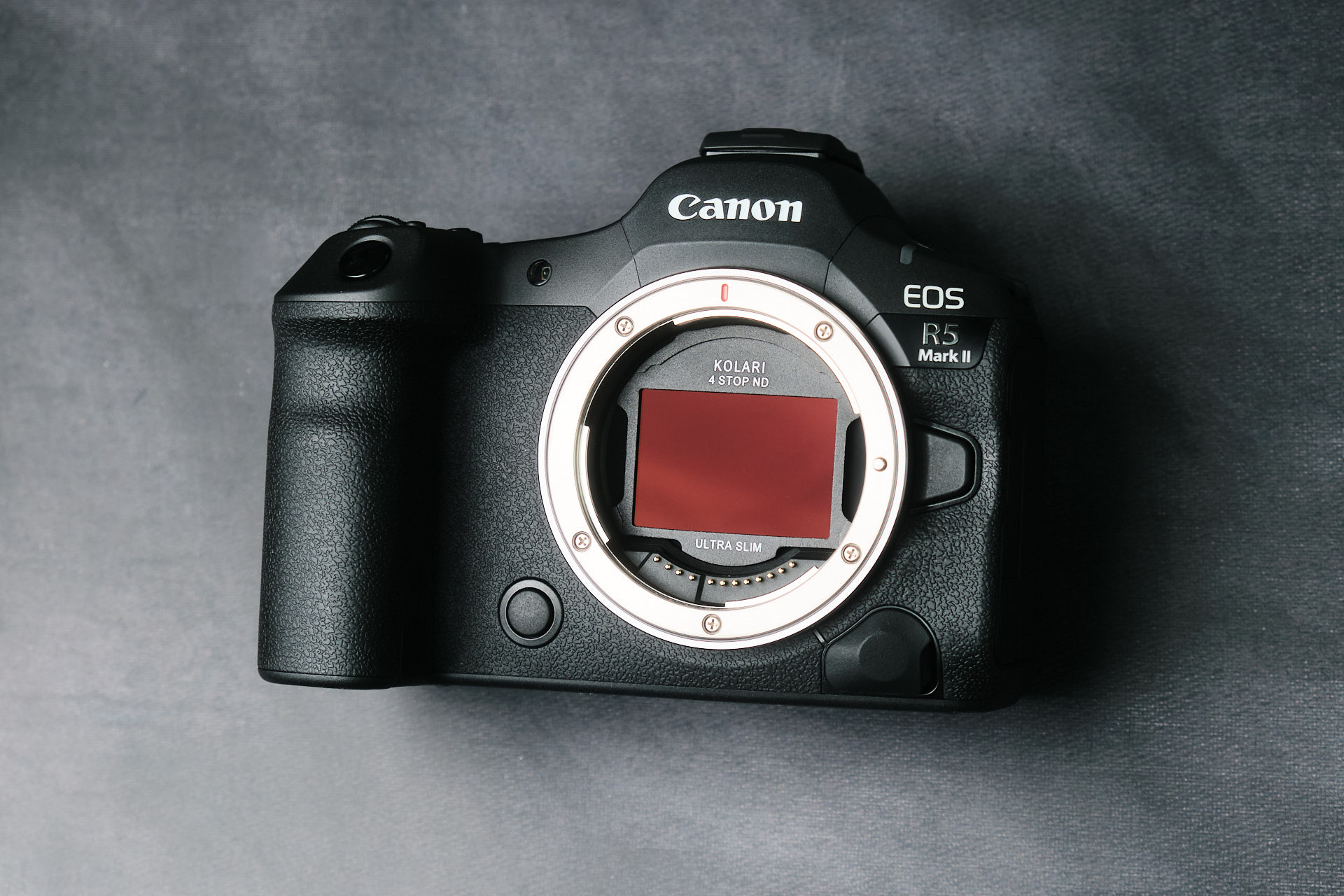





One Response
Thanks a lot for this review, I was afraid of the evolution of sensor technology to stacked sensor on the artifact issue. Glad there is no problem at all!